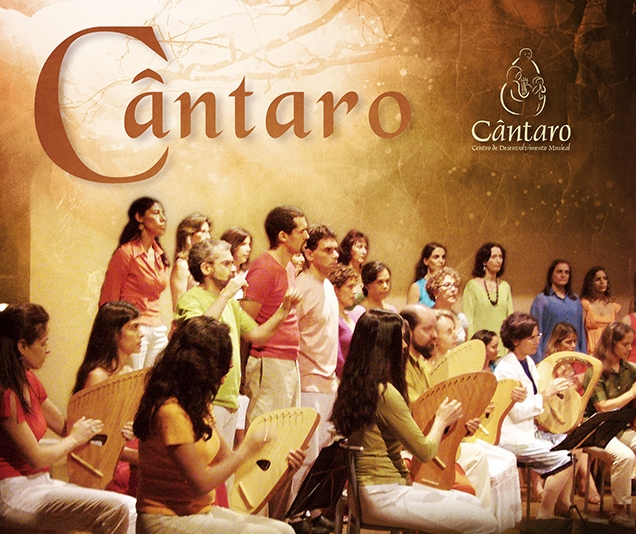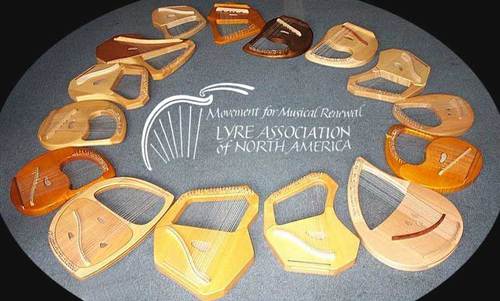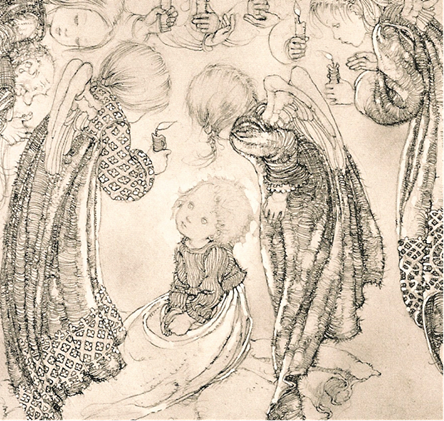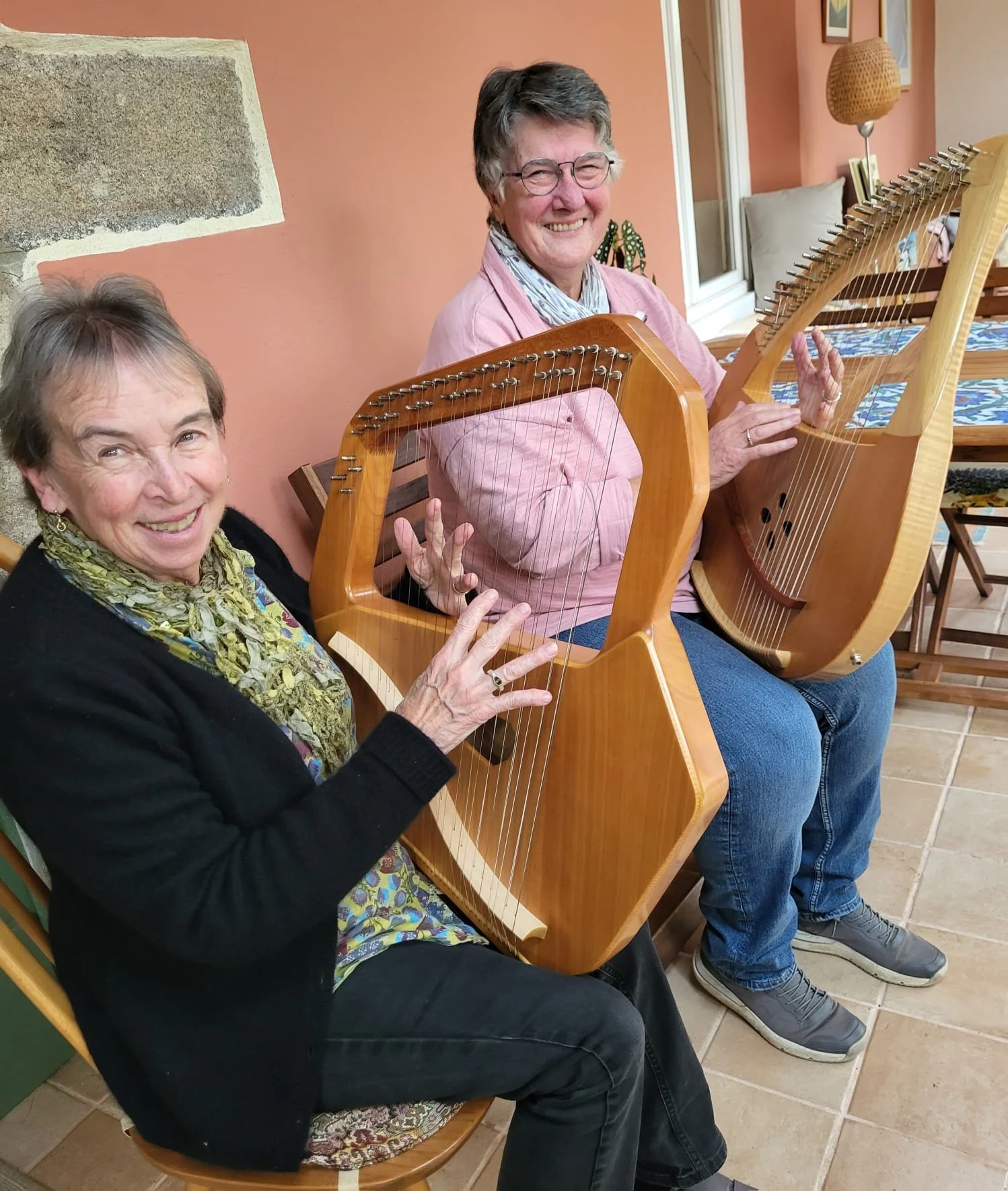By Wendy Polich, Littleton, CO - wendypolich@hotmail.com
Ever since the lyre came into my life it has given me wonderful experiences and opportunities. It has also asked much. It seems a simple instrument, yet it's not necessarily easy to play. It has beautiful tone and resonance, but to actually free its tone beautifully requires my attentiveness and generosity. It also has great healing potential.
Through much practice and patience, alone or with lyre friends and teachers, I'm becoming more skilled at playing. Through attending the Resonare music course and the various lyre conferences, I'm being given a deep wellspring from which to continually draw inspiration.
Recently, I've decided to take everything I've done and learned so far with the lyre to another level and put its healing potential to use in the wider world. I'm exploring this through the Music for Healing and Transition Program (MHTP). It was introduced to me through several lyre friends who are currently in, or graduates of, the program. Graduates of MHTP become Certified Music Practitioners (CMPs) playing at the bedsides of patients in hospitals, hospices and nursing homes. CMPs are not music therapists, but therapeutic musicians creating an environment that fosters healing through live music.
The program takes place through five modules, or intensive weekends, and a practicum. In between the modules there is reading, study, putting together a repertoire, and lots of practice. The modules are where students come together to learn, to practice what they've learned with their instruments, and to support one another. So far, I've completed two modules here in the Denver area, which, I'm happily told, is a welcoming place for CMPs.
It's a bit lonely being the only lyrist in my class, and at times my confidence wanes in the presence of a roomful of accomplished musicians, but I couldn't ask for a more supportive and encouraging group of people to be learning with. Harpists, guitarist/vocalists, keyboardists, flutists, dulcimer players are my classmates and teachers. Most of them have never heard the lyre, but everyone recognizes its very special tone and resonance.
What I'm learning is that there are different patient conditions that call for different types of music in regard to tempo, rhythm, melody, pitch, etc. It matters what you play, but not specific pieces because it also matters how you play. There are times when you want to play familiar music and other times when you don't. We are being trained to observe each patient moment by moment, to be open and receptive to their physical, emotional and/or spiritual needs, to adjust the music accordingly for each one, and to use our intuition.
For example, we might adjust tempo, rhythm and meter by how the patient is breathing, how stable they are, how much pain or anxiety they have or how they are responding to the music. We are learning how different modes affect different moods. We might begin playing in a mode that matches their mood, then move to another mode that helps them to relax or gives them more energy. We might lower the pitch or play very simple melodies if they are very fragile. And for the actively dying, we accompany them with very simple tones and silences, unstructured yet beautiful, being present with what is needed in every moment. When all else fails, and we don't know exactly what to play, we are encouraged to trust the music and not underestimate the power of beauty.
I am also learning (and through practice actually beginning to understand) that being able to play "by heart" and to improvise, what one teacher calls "untethering yourself from the sheet," is the best way to be present and observant to what is needed in the moment.
I'm still in the first stages of learning how to be a therapeutic musician and have quite a ways to go and a lot of practice, but I'm grateful that my lyre is, once again, giving me this opportunity and asking much.















